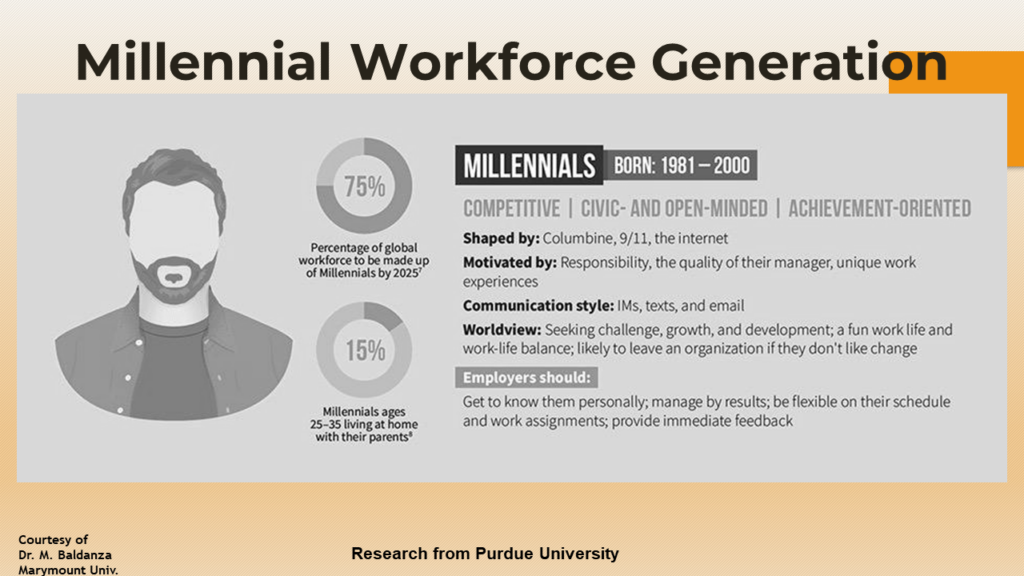
Data-Driven Workforce Solutions
BY MELANIE A. PRINCE, RN, BSN, MSN, NE-BC, CCM, FCM, FAAN
At the time of this writing, the United States Bureau of Labor Statistics (2023) reported the lowest unemployment rate since 1969 at 3.4%. There were 58,000 new jobs added in the healthcare sector. Aware of narratives about the healthcare workforce shortage, exodus of direct care clinicians and significant burnout within the nursing field, I was curious about the details of this report. I was especially interested in the data about nursing since this is my chosen profession. How many nursing positions were part of the new 58,000 healthcare jobs? What percentage of nurses were unemployed? Does the Bureau of Labor Statistics collect data on other types of workforce characteristics?
Certainly, researchers are analyzing workforce characteristics. For example, Shah, et.al. (2021) found that in the U.S., burnout occurred more in female nurses and workforce exodus happens in higher proportions in the Southeast (30%) as compared to the West (16.6%),. Directors of nursing and human resource professionals around the country are undoubtedly searching for immediate staffing solutions to mitigate the nursing exodus. But I submit that we must also explore long-term solutions to staffing shortages to ensure a pipeline and steady flow of clinical professionals for the future. Where do we start? What should be the approach? Is the data available? Consider a few questions to ponder. What demographic is leaving the nursing field? What are issues or challenges that affect this demographic’s ability or desire to remain in the profession? What are the most common places of employment for this demographic? Are the working conditions or environment conducive to this demographic? What are other holistic “life” considerations for this demographic, and how can organizations address these issues?
A literature review to answer these questions revealed useful data from a variety of governmental databases and scholarly articles. For example, the government’s U.S. Department of Labor Statistics database reflects 708,000 jobs for social workers and projects an increase to 772,000 by 2031. In actionable terms, this represents approximately 75,000 jobs annually over the next 10 years. One can then identify the number of social worker college enrollments and assess if there are enough in the pipeline to meet the job market demand. Potentially, the long-term investment may be in data-driven recruitment of social worker students from as early as high school. As an example of how to apply information from scholarly articles, the following story unfolds from two studies based on data within the last 5 years. Auerbach, et.al. (2022) found that registered nurses (RNs) decreased by over 100,000 in 2021, the highest drop in supply of RNs in over 40 years. The data showed a greater loss in RNs younger than 50 years old. Digging a little deeper, 4% of the total number was a drop in RNs younger than 35 years old, 0.5% reduction in ages 35–49 and 1% dip in RNs older than 50.
Similarly, Kurtzman, et.al. (2022) aggregated the results of several research articles and reported a 150,000 shortfall in registered nurses in 2021 with over half comprised of RNs younger than 35 who intended to leave the workforce within the next 6 months. Similar to Auerbach, nurses graduating from college are more likely to secure employment in the hospital setting. The researchers also described challenges RNs faced in the hospital environment, both organizational and personal. Most of the research occurred during the pandemic, but the challenges included personal trauma, psychological stress and insomnia. (Kurtzman, et.al. (2022). Organizationally, nurses did not feel valued, lacked social support, experienced insufficient material and human resources’ support and had poorly staffed working conditions.
The takeaway: Younger nurses are leaving the profession because their personal and professional needs are unmet. How can we use this data, combine it with what we know about the younger demographic and develop strategies to mitigate some of the challenges? For example, we know men and women ages 25-35 are likely establishing families and value work-life balance. This age group is the Millennial Generation, and research from Purdue University captured a few generalizations about this group. See Figure 1.
Figure 1.
Millennial Generation Characteristics
Given this data and tapping into social values, long term strategies can focus on:
- flexible and innovative work environments
- leadership courses and coaches to facilitate earlier promotions
- the inclusion of a behavioral therapist as part of the nursing team responsible for the real-time care of the clinical team
- career benefits that include childcare, “life” accommodations or varying assignments
The healthcare workforce challenges seem large and overwhelming. This issue will address some of them in detail. Solutions are possible with the use of data and innovative thinking. But we must not only address today’s challenges of the Millennial demographic but also strategize for future Generations Z and Alpha of healthcare professionals in the pipeline.
References
Auerbach, D., Buerhaus, P., Donelan, K. & Staiger, D. (2022). A worrisome drop in the number of young nurses. Health Affairs Forefront. https://www.healthaffairs.org/do/10.1377/forefront.20220412.311784
Kurtzman, E. T., Ghazal, L. V., Girouard, S., Ma, C., Martin, B., McGee, B. T., Pogue, C. A., Riman, K. A., Root, M. C., Schlak, A. E., Smith, J. M., Stolldorf, D. P., Townley, J. N., Turi, E., & Germack, H. L. (2022). Nursing Workforce Challenges in the Postpandemic World. Journal of nursing regulation, 13(2), 49–60. https://doi.org/10.1016/S2155-8256(22)00061-8
Shah, M. K., Gandrakota, N., Cimiotti, J. P., Ghose, N., Moore, M., & Ali, M. K. (2021). Prevalence of and factors associated with nurse burnout in the US. JAMA network open, 4(2), e2036469. https://doi.org/10.1001/jamanetworkopen.2020.36469
U.S. Bureau of Labor Statistics. (2023). Economic news release. Employment Situation Summary. https://www.bls.gov/news.release/empsit.nr0.htm
U.S. Bureau of Labor Statistics (2023). Employment projections by detailed occupation. Occupational Employment Projections Data. https://www.bls.gov/emp/tables/emp-by-detailed-occupation.htm

Melanie A. Prince, RN, BSN, MSN, NE-BC, CCM, FCM, FAAN, is the immediate past president of Case Management Society of America (CMSA), 2020 – 2022. She is a retired active-duty military colonel who was assigned to Headquarters Air Force, where she was responsible for developing strategies to eliminate interpersonal violence in the military. Melanie is now the chief executive officer, Care Associates Consulting and MAPyourWAY, LLC. A distinguished leader and mentor in her profession, she has won numerous awards, including the distinguished CMSA Chapter2003 and National Case Manager of the Year 2004. Melanie is a CMSA Case Management Fellow (FCM) and Fellow American Academy of Nursing (FAAN).
Image credit: STEPHAN MARQUARDT/SHUTTERSTOCK.COM
Job searching or hiring? Access the CMSA Career Center, the industry’s premier electronic recruitment resource.




